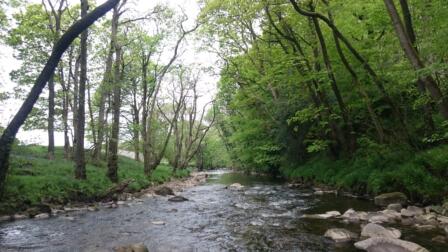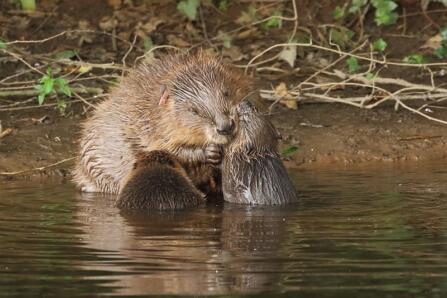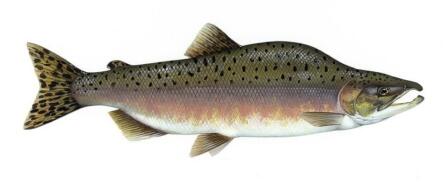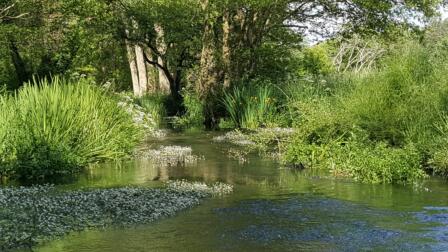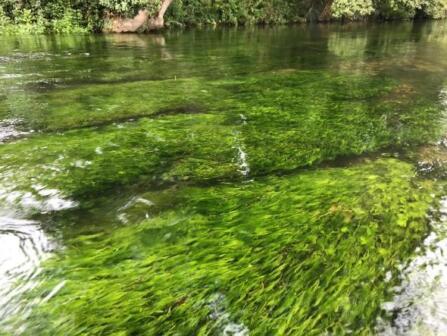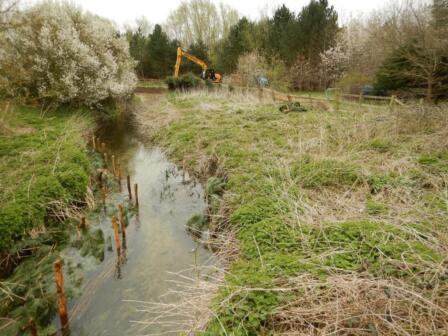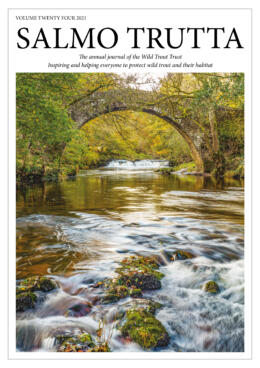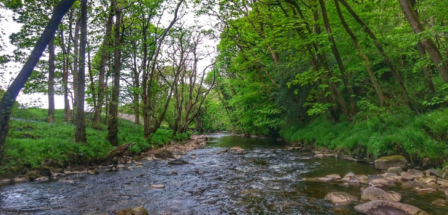Many studies have confirmed that stocking with farm-reared trout (or salmon) makes very little difference to numbers of fish in the wild. A very recent paper, published by Andy King and colleagues at Exeter Uni, reiterates this point, from their studies of a stocking programme in the Shetlands. The full, open access paper is here.
The story here (repeated in plenty of other places) is that the sea trout rod fishery collapsed in the ‘90’s, so a stocking programme was initiated in 2002 by the angling association, to stock out fry born of domesticated, farm-origin broodstock. Concomitant with the stocking programme, sea trout catches started to recover, so the angling association, understandably, reasoned that the stocking was part of that recovery.
The study analysed samples from 368 fish, genetically “finger printing” them to ascertain their ancestry. Two interesting things emerged in the data: first, there were distinct, genetic differences between trout from different burns (like we always say, a trout is not just any old trout) and, secondly, the researchers found very few fish of stocked origin: ”… our results suggest that the recovery of the Shetland sea trout population was probably not directly linked to the stocking programme”. More significant, they postulate, is that a recovery of sand eels (including a cessation of the sand eel fishery) made for more sea trout food. The work also identified a number of wild x stocked “hybrid” offspring which is problematical – it is known from salmon research that such “hybrids”, being less fit for the world, produce less fish for subsequent generations; so, paradoxically, the stocking programme could have been doing exactly the opposite to its aim. The Shetland Anglers Association ended the stocking programme in 2017.
